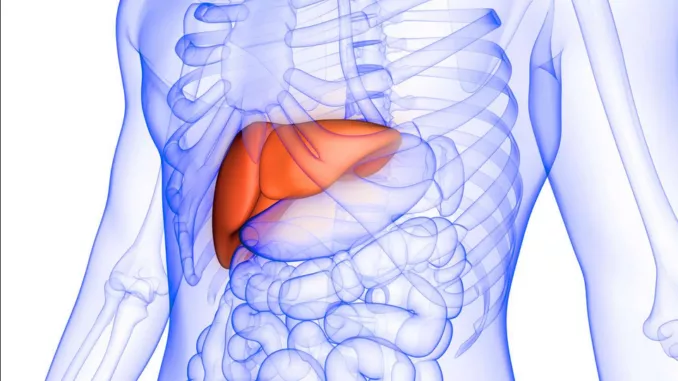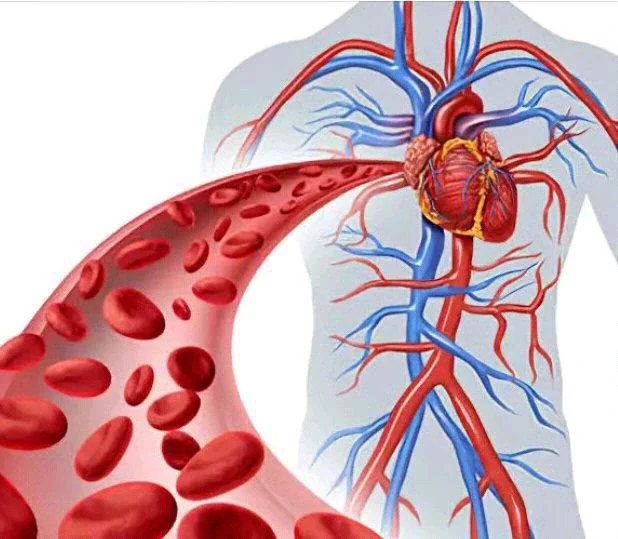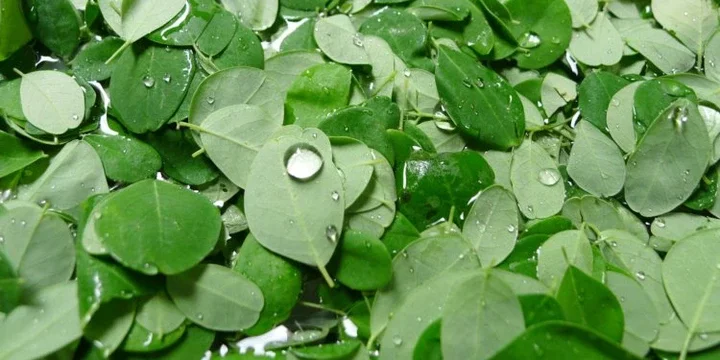It is normal for women to experience vaginal discharge throughout their menstrual cycle. The consistency and color of the discharge can vary, and a white and milky discharge is quite common. While most of the time, this is perfectly normal, there are instances when a white discharge might warrant further attention and investigation. In this article, which is in accordance with healthline, we will explore the various reasons why a lady may release a white discharge from her vàgina, ranging from normal physiological changes to potential health concerns.

1. Normal Physiological Changes:
1.1. Menstrual Cycle: During a normal menstrual cycle, a woman's body undergoes hormonal changes which can affect the nature of vàginal discharge. Before and after menstruation, white and creamy discharge may be observed. This is due to changes in estrogen levels and is typically not a cause for concern.
1.2. Ovulation: Midway through the menstrual cycle, women experience ovulation, during which a mature egg is released from the ovaries. Increased estrogen levels may cause a white and stretchy discharge, similar to egg whites. This discharge aids in facilitating fertilization and indicates that a woman is fertile.
2. Sèxual Arousal and Lubrication:
When a woman becomes sèxually aroused, her body produces natural lubrication to reduce friction during sèxual activity. This lubrication can vary in consistency, from clear and watery to thicker and white. It is especially prevalent during sèxual stimulation and intercourse. This discharge is normal and shows that the body is functioning properly.
3. Infections:
In some cases, a white discharge may indicate an underlying infection. Two common infections associated with white discharge are as follows:
3.1. Yeast Infection: Candida, a type of yeast, naturally resides in the vàgina. When the balance of bacteria and yeast is disrupted, such as due to the use of antibiotics or hormonal changes, an overgrowth of yeast can occur, leading to a yeast infection. Symptoms may include a thick, white, and odorless discharge, along with itching and irritation in the genital area.
3.2. Bacterial Vaginosis (BV): BV occurs due to an imbalance in the bacteria normally found in the vàgina. It can result in a white or grayish discharge with a "fishy" odor. Other symptoms may include itching, burning during urination, and irritation.
4. Sèxually Transmitted Infections (STIs):
Some sèxually transmitted infections can cause white discharge. Examples include:
4.1. Trichomoniasis: This parasitic infection causes a frothy and yellow-green discharge that can sometimes appear white. It may also cause itching, redness, and discomfort during urination.
4.2. Chlamydia and Gonorrhea: These STIs can cause a white or cloudy discharge; however, often, these infections may be asymptomatic, so regular testing is crucial for early detection and treatment.
5. Other Factors:
5.1. Pregnancy: When a woman becomes pregnant, she may experience increased vàginal discharge due to hormonal changes. This discharge tends to be thin, milky white, and odorless. However, if the discharge is accompanied by itching, burning, or a foul smell, it is essential to consult a healthcare professional.
5.2. Allergic reactions: Some women may have an allergic reaction to certain personal care products, such as soaps, detergents, or fabric softeners. This can lead to irritation and a white discharge. Identifying and avoiding the allergen can alleviate the symptoms.
5.3. Hormonal contraceptives: Birth control methods that alter hormones, such as oral contraceptive pills or hormonal intrauterine devices (IUDs), can sometimes cause changes in vàginal discharge, including a whitish discharge.
While a white discharge from the vàgina is often normal and indicates a healthy reproductive system, it is essential to be aware of any changes in color, consistency, or accompanying symptoms. Understanding the various factors that can contribute to white discharge enables women to gauge whether it is part of the natural processes of their body or if it requires further medical attention. If any concerns arise, it is always recommended to consult a healthcare professional for proper evaluation and diagnosis.

















Comments